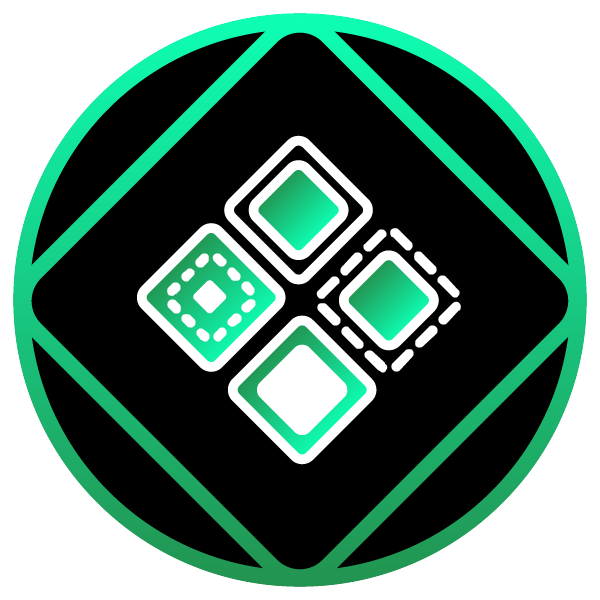

Shader: Next, you need to take into account shader implementation.For example, will rigging be difficult for certain parts of the animation? Which structure does not conform to the human skeleton? Animation: Likewise, you need to make the drawing suitable for animation.For example, will the structure of what you draw be difficult to implement during modeling? Will it be challenging to distribute the edges for certain structures when making low-polygon topology? Model: You need to make the drawing suitable for modeling.Keep the following in mind when drawing to facilitate what you need to do next. Failure to do this properly beforehand may affect the structure or effects in the subsequent steps. To ensure your character creation process runs smoothly, it’s important that the first step, namely the original drawing, is done carefully. With these checkpoints in place, the next step is implementation. This is another criterion you need to consider beforehand. For some physics effects of the character, physical processing is required for certain components and must be done independently.It’s best to think about effects ahead of time to avoid doing more work later. If you only think about them after completing the model and animation, you will most likely end up reworking your design. To produce the desired effects, preliminary steps such as the UV, edge distribution, and mapping are indispensable. In addition, you also need to plan ahead on the material effects you want for your character.The human skeleton is advantageous because it enables you to use the motion capture device or interval animation library to quickly create a set of high-quality animations that can be used on the controller or AI. I’d like this character to have a human skeleton, since this will affect the subsequent AI implementation.Instead, I’m going to focus on the following: I’m going to skip the usual ones, such as the vertex counts, the size of the map, the number of bones, etc. If one isn’t done properly or if you try to cut corners, the final product will be directly affected.įirst of all, you should set up some checkpoints before you start. The entire process takes a long time, and all the steps must be done in a specific sequence – every step is crucial.

Therefore, these numerous steps are necessary for the final product to achieve the desired effect. The process might seem complicated, but from a character design standpoint, all these factors and details will influence how your character will ultimately be displayed in your game engine. Special effects, voice, sound effects, etc.Character controller/AI implementation →.Generally speaking, the implementation process of a character model involves the following steps: I’m writing this so you can learn from my mistakes and reduce errors in your work. You might be thinking, “What brings Sakura Rabbit to this topic?” Alas, it’s all because I’ve gone through an uphill journey learning the skill from scratch. What else, then? After giving it some thought, I’ve decided to prepare an article about producing realistic characters in the Unity Editor. There are already plenty of articles that elaborate on those topics, so I won’t touch on them here. I’m not referring to things like the art design of worldviews, character backgrounds, or character implementation techniques.
#Unity learn physics free#
I finally got some free time as of late and it got me thinking… How about I write something about character creation? I’ve just finished creating several characters in a row, and I’m quite familiar with the entire creation process. In this guest post, Sakura Rabbit ( shares how she approaches art production and provides tips for creating a realistic character in Unity.


 0 kommentar(er)
0 kommentar(er)
